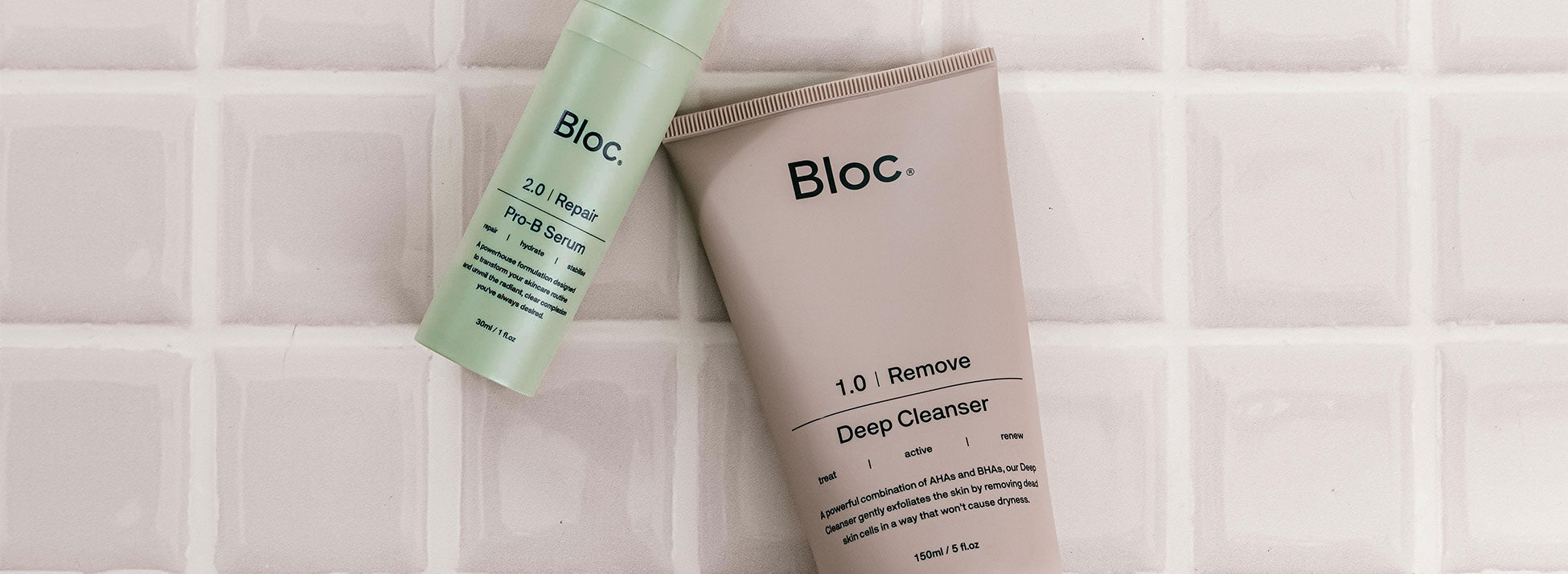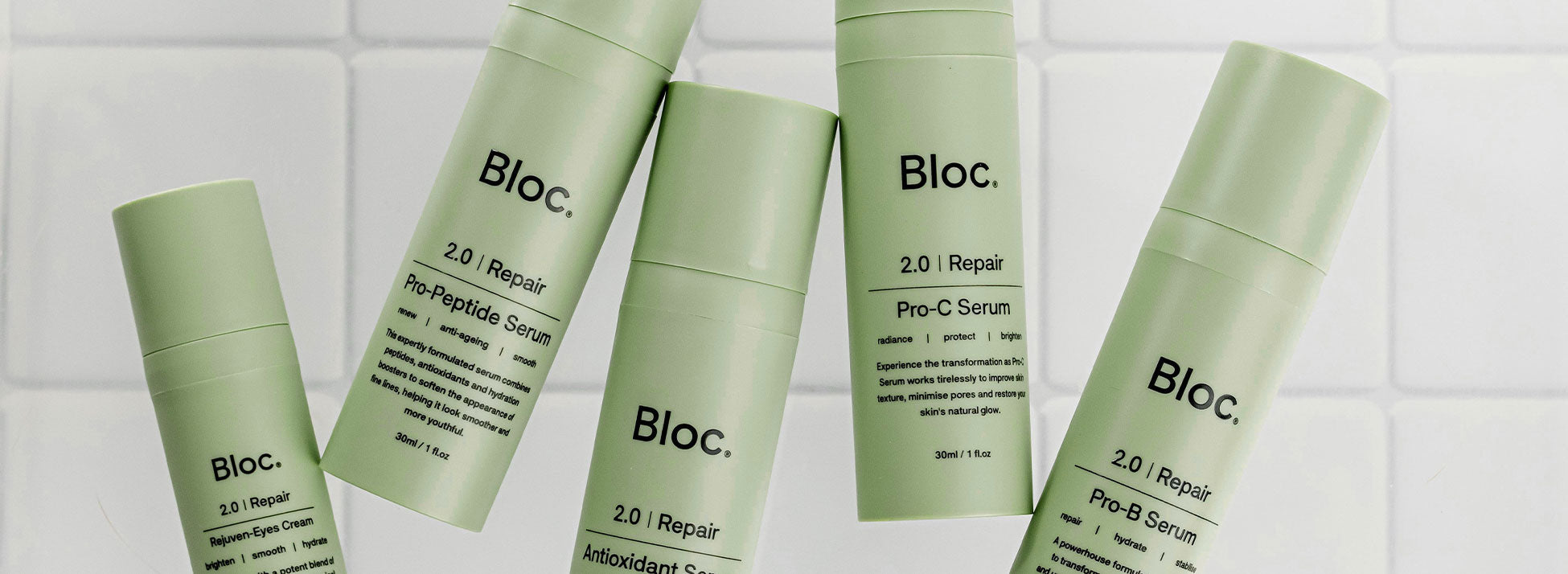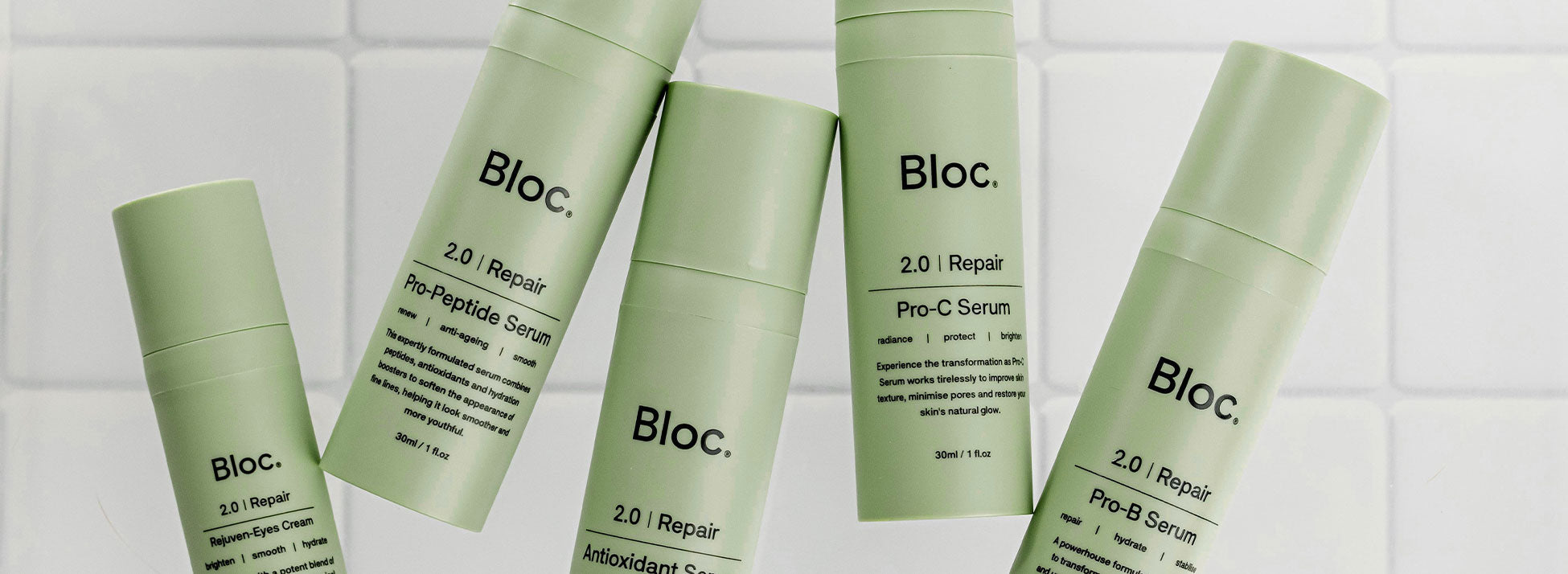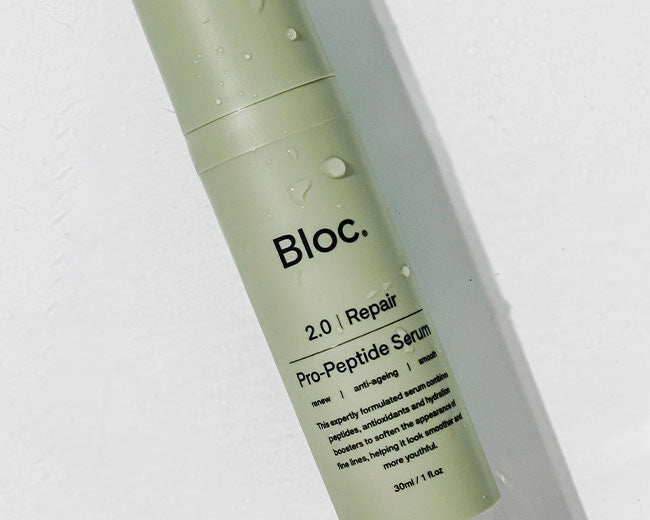Hormones play a major role in skin health, influencing everything from oil production to collagen levels. Throughout a woman’s life, hormonal fluctuations can trigger various skin concerns, from acne to dryness and pigmentation. Understanding these changes and how to manage them is key to maintaining healthy, radiant skin.
How Hormones Affect the Skin
Hormonal shifts occur at different life stages, including puberty, pregnancy, and menopause. The most common hormonal influences on skin include:
- Oestrogen: Helps maintain skin hydration, elasticity, and collagen production. A decline in oestrogen levels, such as during menopause, can lead to dryness and loss of firmness.
- Progesterone: Increases sebum (oil) production, which can lead to clogged pores and breakouts.
- Testosterone: Present in small amounts in women, testosterone stimulates oil glands and can contribute to acne, particularly in conditions like polycystic ovary syndrome (PCOS).
- Cortisol: Known as the stress hormone, elevated cortisol levels can trigger inflammation, breakouts, and exacerbate conditions like eczema and psoriasis.
Common Hormonal Skin Concerns and How to Treat Them
1. Acne and Breakouts
Hormonal acne often appears along the jawline, chin, and lower cheeks. It is particularly common before menstruation, during pregnancy, or in women with conditions like PCOS.
Treatment Tips:
- Use skincare with salicyclic acid to help keep pores clear.
- Incorporate retinoids to promote cell turnover and prevent clogged pores.
- Reduce stress and inflammation through lifestyle adjustments like balanced nutrition, regular exercise and mindfulness practices.
2. Dry and Dull Skin
As oestrogen levels decline, particularly during menopause, skin may become drier, thinner, and more fragile.
Treatment Tips:
- Use hydrating ingredients like hyaluronic acid and ceramides to restore moisture.
- Incorporate gentle exfoliation with lactic acid or PHAs to boost skin renewal without irritation.
- Apply rich moisturisers and facial oils to support the skin barrier.
3. Hyperpigmentation and Melasma
Hormonal changes, particularly during pregnancy or from oral contraceptives, can lead to dark patches on the skin, known as melasma.
Treatment Tips:
- Use broad-spectrum SPF 50+ daily to prevent pigmentation from worsening.
- Try brightening ingredients like Vitamin C, niacinamide and azelaic acid.
- In stubborn cases, consider chemical peels, laser treatments or prescription creams with hydroquinone.
4. Increased Sensitivity and Redness
Hormonal fluctuations can weaken the skin carrier, making it more pronte to irritation and conditions like rosacea.
Treatment Tips:
- Stick to fragrance-free, soothing skincare with ingredients like centella asiatica and allantoin.
- Avoid harsh exfoliants and overuse of active ingredients.
- Use a barrier-repairing moisturiser and protect your skin room extreme temperatures.
Hormonal skin changes are a natural part of life, but with the right skincare routine and professional guidance, they can be effectively managed. If you're struggling with persistent skin concerns, consulting a dermatologist can help tailor a treatment plan suited to your needs.
By understanding your skin’s hormonal shifts and making informed choices, you can maintain a clear, healthy complexion at any stage of life.









